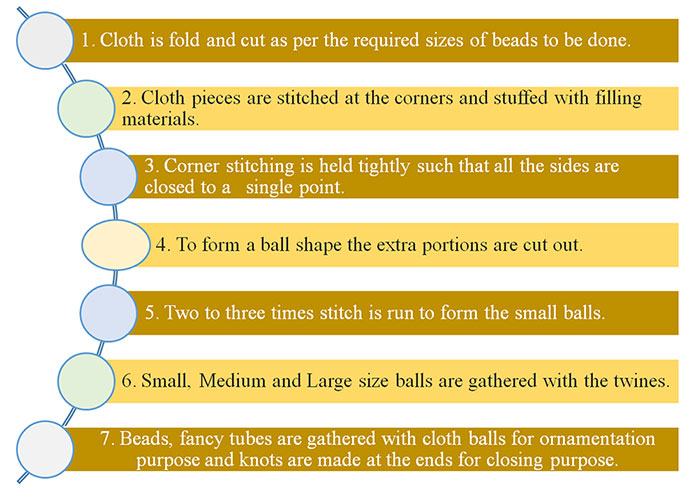Search
- yohoho
- unblocked games 77
- unblocked games 8
- unblocked games 2
- unblocked games for school
- unblocked games world
- retro bowl
- unblocked games
- unblocked games premium retro bowl college best unblocked games unblocked games
Cloth materials of generally cotton and polyester are preferred for the making of the beads in Anegundi. The selected cloth materials are folded to the required shapes and sizes as per the requirement. After the cloth is folded in equal shapes it is cut into equal length and arched at the corners to form the round shapes.
The filling materials are also cut to the required shapes and sizes of the required length to be introduced to the cut cloth materials with corner stitching to hold on the material inside. The material is tightened throughout such that all the sides are closed at the single point where the larger extras are cut out either by a scissor or by the trimmers. To form into a ball shape the smaller ones are inserted to the interiors and stitched two- three times to form into smooth balls.
After the required quantities are completed the ball shaped beads are gathered one after the other with the twines of the respective colours along with the beads and small fancy tubes of different patterns of the short, medium and large sizes as per the design patterns. In various patterns the knots are made commonly at the corners to give the closing ends.
Flow Chart of Making Process:
